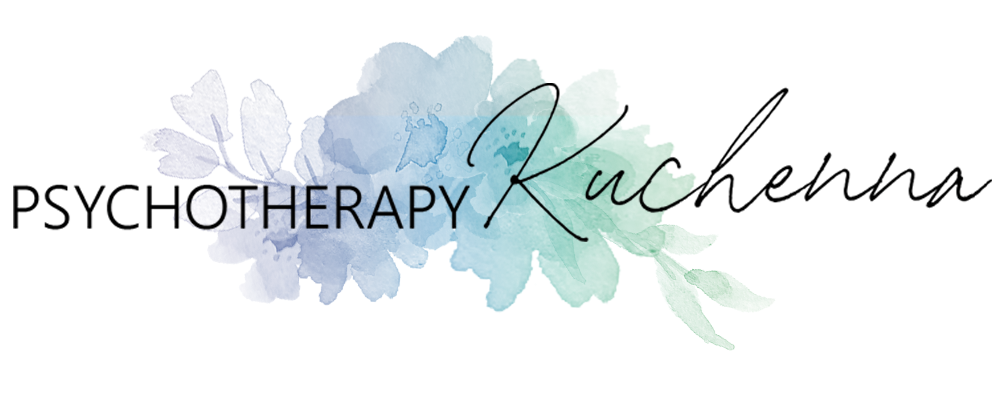Introduction
Forgiveness is a deeply human and transformative act that holds the power to heal wounds, release burdens, and bring about profound inner peace. It is a complex and multifaceted concept that has been explored by philosophers, religious leaders, and psychologists for centuries. In this article, we will delve into the importance of forgiveness, its benefits, and steps to practice it in our lives.
Understanding Forgiveness
Forgiveness is the act of letting go of resentment, anger, or the desire for revenge towards someone who has wronged us, whether intentionally or unintentionally. It is not about condoning the wrong or denying the pain it caused but rather about choosing to release the grip it has on our emotional well-being. Forgiveness is a gift we give ourselves, a path to healing and freedom.
The Benefits of Forgiveness
Emotional Healing: Forgiveness can be a powerful balm for emotional wounds. By releasing negative emotions and grudges, we open ourselves to a sense of inner peace, relief, and emotional healing. It allows us to break free from the cycle of anger and bitterness.
Improved Mental Health: Research has shown that forgiveness is associated with reduced levels of stress, anxiety, and depression. It can lead to increased feelings of happiness and overall mental well-being.
Strengthened Relationships: Forgiveness can mend strained relationships by promoting understanding and empathy. It can help rebuild trust and open the door to reconciliation and a stronger bond.
Physical Health Benefits: Practicing forgiveness can also lead to physical health benefits. Studies have suggested that forgiving people tend to have lower blood pressure, improved heart health, and a stronger immune system.
Steps to Practice Forgiveness
Acknowledge Your Feelings: Begin by acknowledging and understanding your own emotions. Recognize the pain, anger, or resentment you may be harbouring due to a particular incident or person.
Empathize with the Offender: Try to see the situation from the offender’s perspective. Understanding their motivations, fears, or struggles can humanize them in your eyes and make forgiveness more accessible.
Choose to Forgive: Forgiveness is a conscious choice. Decide to release the grip of negative emotions and choose the path of forgiveness for your own well-being.
Express Your Feelings: It can be therapeutic to express your feelings, whether through writing, talking to a friend, or speaking directly to the person who hurt you. This can help in processing your emotions.
Set Boundaries: Forgiveness does not mean blindly trusting or allowing further harm. It’s essential to set healthy boundaries to protect yourself from future harm.
Let Go: Release the negative emotions, grudges, and desires for revenge. Understand that holding onto these feelings only perpetuates your own suffering.
Practice Self-Compassion: Be kind and gentle with yourself. Understand that forgiving does not mean forgetting, and it’s okay to have moments of struggle.
Seek Support: Forgiveness can be a challenging journey. Seek support from friends, family, or a therapist to help you navigate this process.
Conclusion
Forgiveness is a profound act of liberation that can free us from the chains of anger, resentment, and hurt. It allows us to take control of our emotional well-being and lead a more fulfilled life. While forgiveness may be challenging, it is a journey worth embarking upon for the sake of our own peace, happiness, and overall well-being. By choosing forgiveness, we can heal, mend broken relationships, and cultivate a more compassionate and empathetic world.

